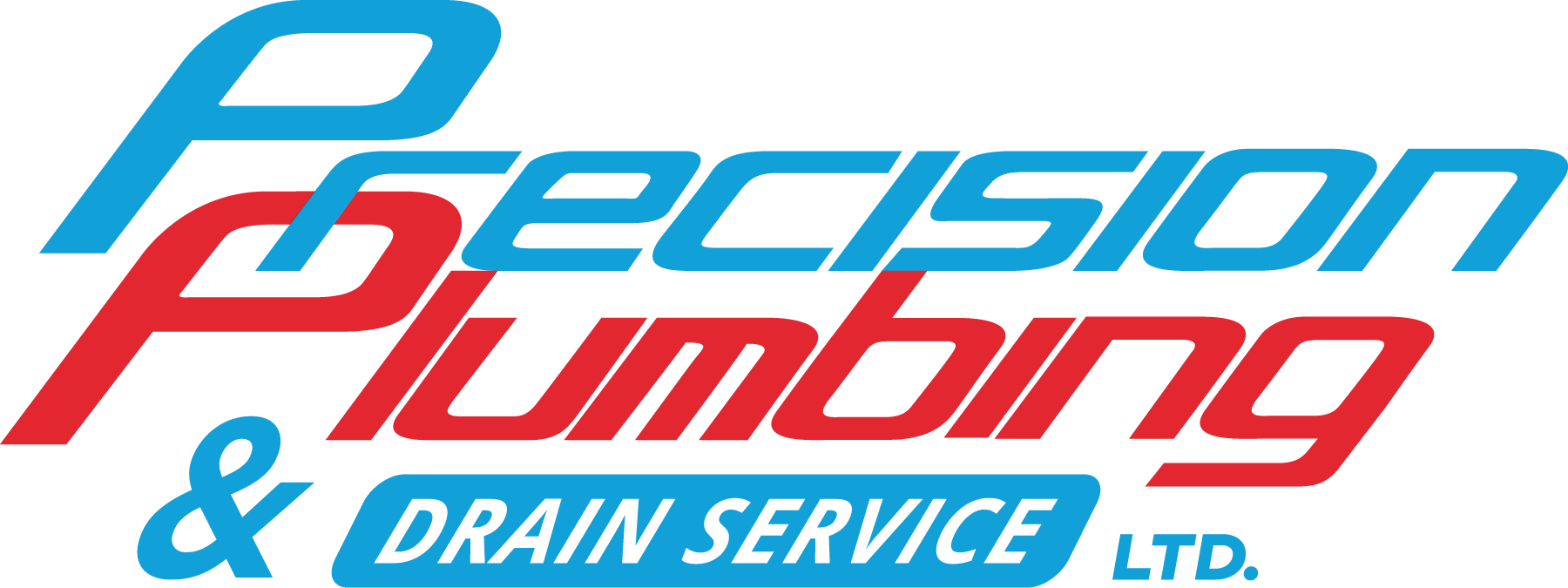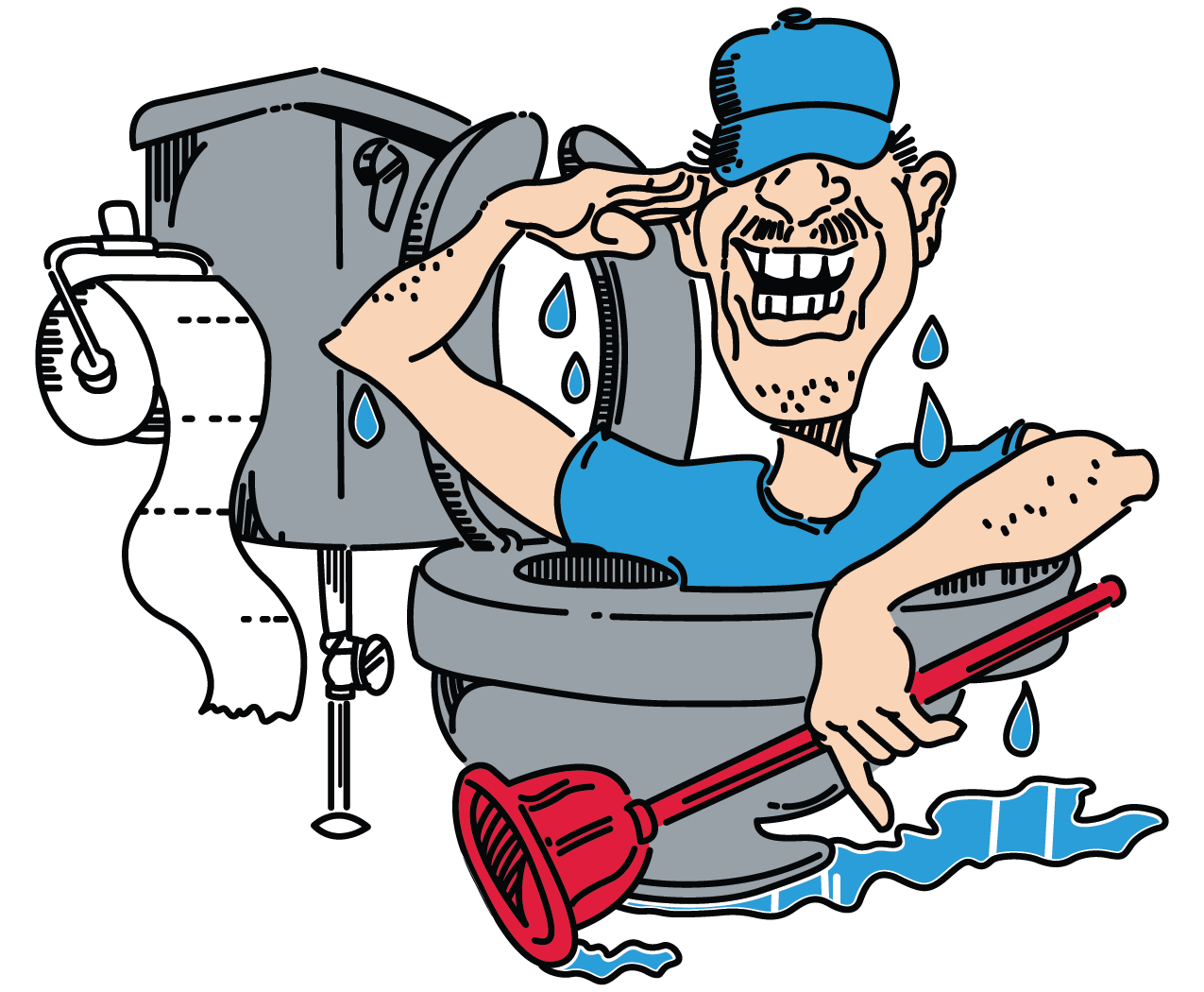Solving the Mystery of Hidden Leaks: Sometimes you know you have a leak – you see water pooling or dripping. Other times, the signs are subtle: a higher water bill, the sound of running water when everything is off, or a musty smell. Our leak detection and pipe repair service is here to find and fix any leak, anywhere in your plumbing system. We handle visible leaks like a pipe under a sink, but we also specialize in tracking down hidden leaks behind walls, under floors, or even underground (slab leaks). With advanced equipment and experienced technicians, we’ll pinpoint the issue without unnecessary damage to your property, then perform a lasting repair to stop the leak at its source.
Common Leaks and Their Causes: Plumbing leaks can occur in various places and for different reasons:
- Fixture Leaks: These are leaks at faucets, shower valves, toilets (like a leaking base or a faulty supply line), or appliance hookups. Often caused by worn seals, loose connections, or corrosion.
- Pipe Joint Leaks: Many plumbing leaks happen at connections in the pipes – a loose threaded fitting, a failed solder joint in copper pipes, or a cracked fitting in PVC. Vibration, water hammer, or just age can weaken joints.
- Pinholes in Pipes: Copper pipes in particular can develop tiny pinhole leaks as they age, due to corrosion from water chemistry. You might notice a small spray or a drip from a pipe, or just see the damage it causes (like a greenish or white mineral deposit, or a water stain on drywall).
- Slab Leaks: Homes built on concrete slabs sometimes have water pipes running under the slab. A leak there can be tricky – you might observe a warm spot on the floor (if a hot water line is leaking), hear water, or see floor damage. Slab leaks often result from long-term corrosion or a pipe reacting to the concrete.
- Burst or Frozen Pipes: In winter, if pipes are not properly insulated, they can freeze and burst. When the ice thaws, water comes gushing out. A burst pipe can release a huge amount of water in a short time – a major emergency we handle often. Frozen pipes might show up as no water flow in a certain faucet (because the line is ice-blocked); quick action is needed to thaw and relieve pressure before it bursts.
- Underground or Exterior Leaks: This includes leaks in the main water line to your house (discussed in a later section), irrigation system leaks, or hose bib (outdoor faucet) leaks.
Our Leak Detection Tools: For hidden leaks, we use a variety of specialized tools. Electronic leak detection gear allows us to listen for leaks within walls or underground – water escaping from a pipe makes a distinct sound, and sensitive equipment can often locate it. We also use thermal imaging cameras in some cases to spot temperature differences (like a hot water leak warming a wall). Moisture meters can tell us if an area behind tile or drywall is wet. In some cases, we do an isolation test – shutting off sections of the plumbing or using pressure gauges to see which line is losing pressure, thereby narrowing down the location.
Once we have a good idea where the leak is, we expose it with minimal disruption. That might mean cutting a small section of drywall (instead of tearing out a whole wall), or removing a few floorboards, etc. We aim to be surgical in access, to reduce repair work after. Our experience in plumbing means we often have a sense of the common spots for leaks (like near certain fittings or where pipes may rub against studs) and we use that intuition combined with our instruments.
One source notes that skilled plumbers “swiftly address water damage, inspect the entire plumbing system, and implement measures to prevent future issues” when it comes to leaky, frozen, and burst pipe repairs. That’s exactly our approach: fix the immediate leak, but also look at why it happened and how to stop it from happening again.
Pipe Repair and Prevention: After locating the leak, we’ll perform the necessary repair. This could involve:
- Tightening or Replacing Connections: If a fitting is leaking, we may simply tighten it or re-seal it with appropriate materials (like plumber’s tape or pipe dope for threaded connections). If it’s cracked, we replace the fitting.
- Sectional Pipe Repair: For a pinhole or small section of bad pipe, we cut out that piece and install a new section (using couplings). If it’s copper, we’ll solder in new copper or sometimes use press fittings; for PEX or PVC, we’ll use the proper couplers and glue or crimps. We ensure the new section can handle the pressure without issues.
- Repiping Solutions: If the leak is a symptom of a systemic issue (like many pipes corroding or multiple pinholes), we might recommend repiping the home or a portion of it. Repiping means running new piping (often PEX or copper) to replace old lines. It’s a bigger project, but it can save the headache of chasing repeated leaks throughout an old system. We handle repiping with careful planning to minimize downtime for your water supply, and we coordinate any necessary drywall removal and restoration.
- Thawing and Insulating: In case of frozen pipes that haven’t burst, we can carefully thaw them (using pipe thawing equipment or gentle warming methods) and then insulate those pipes to prevent re-freeze. For burst pipes, after repair, we’ll advise on insulation or heat tape to avoid future freezing.
- Slab Leak Repair: For slab leaks, options include accessing through the slab to fix the section, or sometimes rerouting the line (abandoning the leaky underground section and running a new pipe through the attic or walls). We’ll choose the least invasive and most reliable method.
After the repair, we thoroughly test the system – verifying the leak is gone and everything is holding tight at full water pressure. We won’t leave until we’re certain the issue is resolved.
Why Professional Leak Service Matters: A hidden leak can cause a lot of trouble if not addressed – mold growth, structural damage, not to mention high water bills. By using our professional leak detection, you save time and avoid unnecessary destruction. Instead of tearing open large sections of your home to find a leak, we pinpoint it precisely. This means less disruption and lower repair costs for your walls or floors afterward.
Fixing leaks promptly also conserves water. It’s both eco-friendly and cost-effective – why pay for water that’s just seeping into the ground or your drywall? You’ll likely see your water bill normalize after we fix a stealthy leak. More importantly, you gain peace of mind. We often hear from customers who suspected a leak but couldn’t find it, and they express huge relief once we’ve handled it. They no longer have that nagging worry about a mysterious problem behind the walls.
Additionally, by inspecting the entire system when we fix one leak, we often catch other potential issues. For example, if one joint failed due to high pressure, we might check your pressure regulator. If one pipe froze, we’ll look at the insulation on other vulnerable pipes. This holistic approach means you’re less likely to have a repeat leak elsewhere – we implement preventive measures to protect your plumbing.
When we’re done, we can also assist with or recommend steps to restore any opened sections (we can refer trustworthy drywall repair or do basic patching). Our goal is to leave your home in better shape than before, with no more hidden surprises. With our friendly professionals on the case, leaks don’t stand a chance – and you can rest easy knowing your property is dry and secure.


